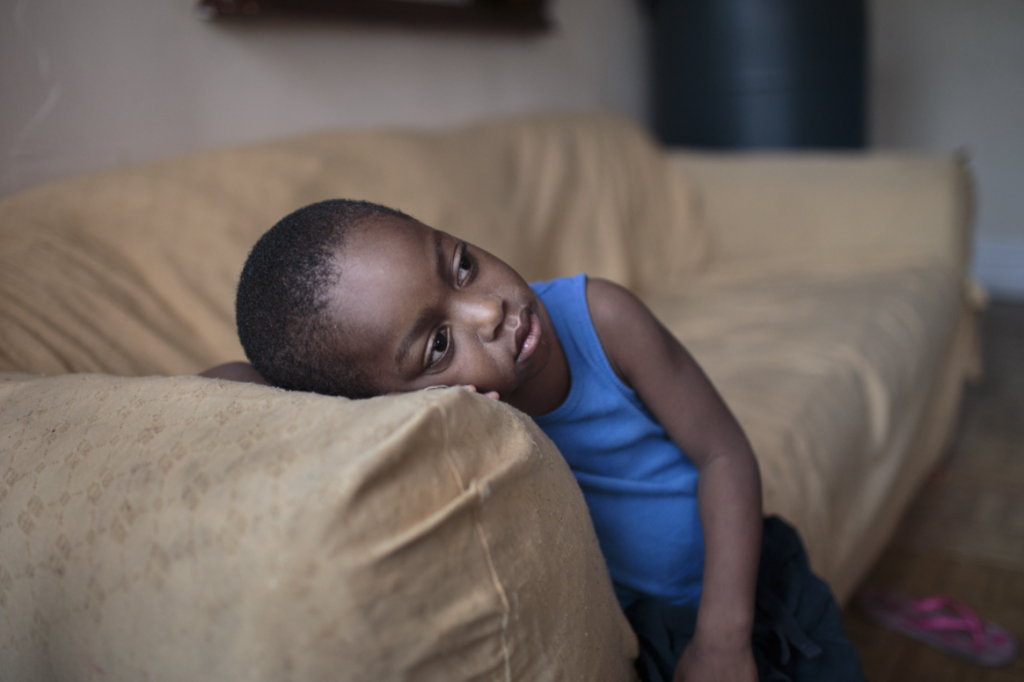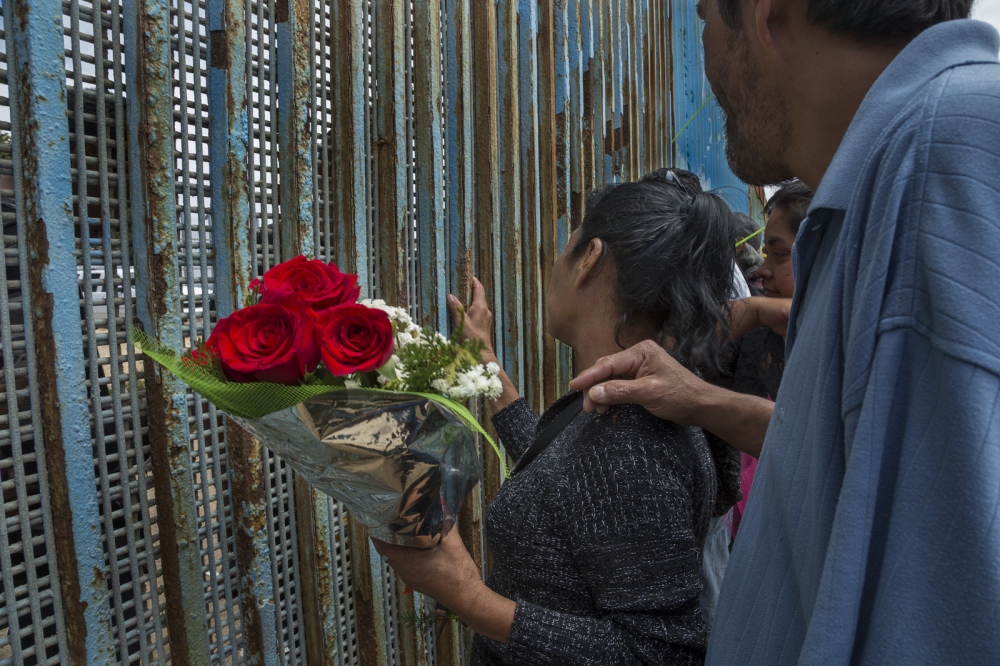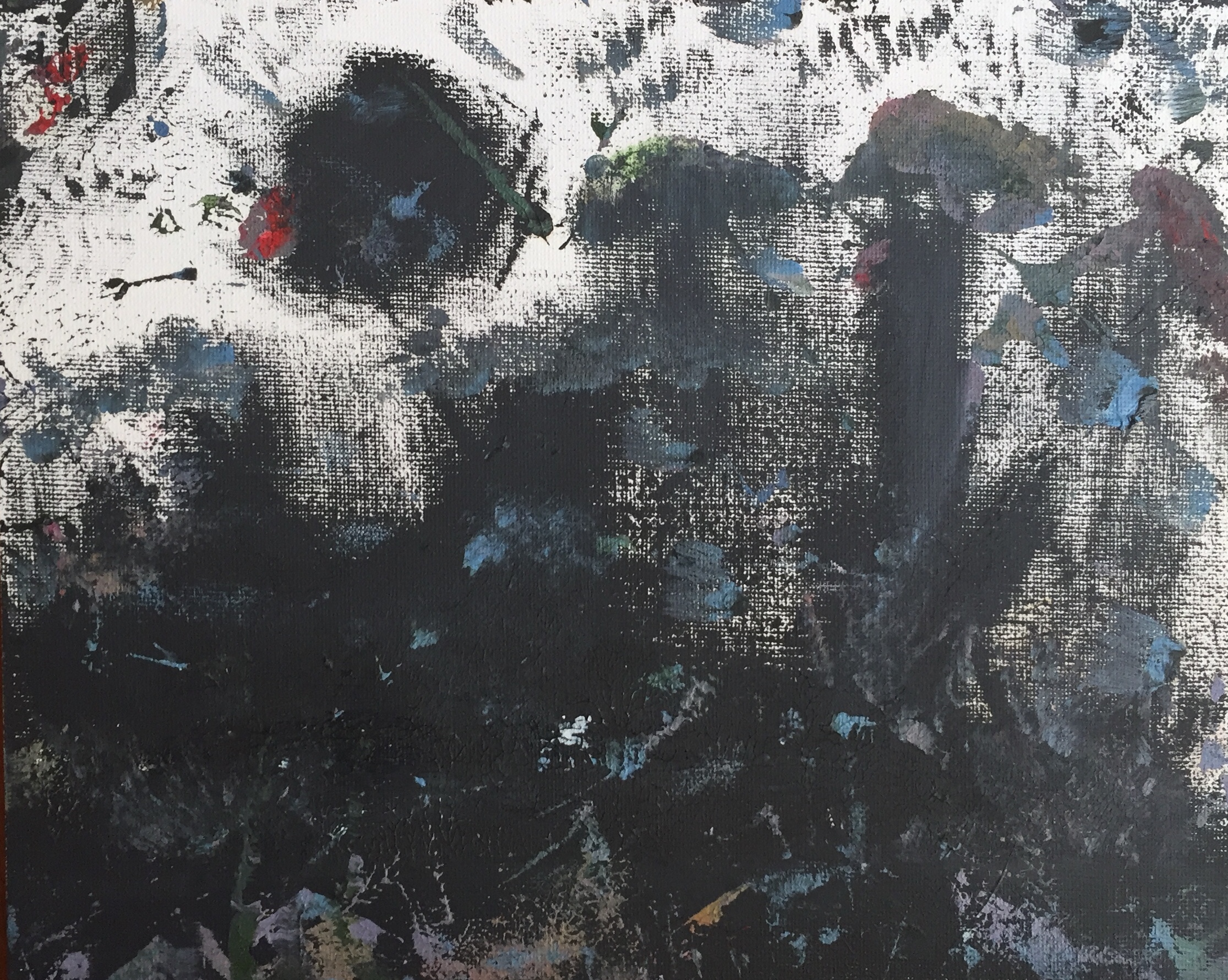Griselda San Martin is a Spanish documentary photographer currently based in New York City. She is a graduate of the Documentary Photography and Photojournalism program at the International Center of Photography (ICP) and holds a masters in Journalism from the University of Boulder Colorado.
Her works have documented the U.S. Mexico border, and the growing Hispanic Community in the United States.
Her photography and video projects have been exhibited internationally and featured in The Washington Post, The New York Times, The New Republic, and California Sunday Magazine as well as many other publications. She has an impressive list of awards, grants, and recognitions, including 2018 – Winner of the Documentary and Reportage Category at the 12th Julia Margaret Cameron Award for Women Photographers and her recent solo exhibition 2020 – “The Wall” Exhibition at Thalia Theater in Hamburg, Germany.
The Wall is a documentary project about a stretch of the U.S. Mexico border called “Friendship Park” where families meet through the fence. Friendship Park is a binational half acre space sandwiched between two fences. A place where family members have gathered for years to share quiet conversations. On the American side, since 2018, tight restrictions are in place. Visits have been limited to 30 minutes, it is open only on Saturdays and Sundays from 10:00 am to 2:00 pm, and only 10 people can be in the area at a time. Photos and videos are prohibited and the public is no longer allowed in. The wall of jagged steel is an aggressive reminder that immigrants don’t belong and are viewed as a threat. From the American side it is difficult to access with frequent floods and requires a long hike of one and a half miles in San Diego heat, where armed border patrol guards police the area. It has been named as the most heartbreaking place in America.
In January of 2020 the Border Patrol demolished the garden on the American side of Friendship Park. The Binational Friendship Garden which covers territory in both countries, was planted as a place to bring people together.
On the Mexican side families can congregate, and it is from the Mexican side in Tijuana, that San Martin has photographed her documentary project.
It is no secret that the border has a long and horrifying history of abuses. Workers having their heads shaved and being sprayed with DDT at processing centres during the “Bracero” Program. The hiring of “Wetbacks” because they had no rights and provided cheap labor. The loss of lives and increased militarization. The current appalling border detention conditions which violate all acts of decency, and the most vicious anti-immigration policies, master-minded to portray immigrants as murderers and to demonize immigrants.
San Martin’s photos tell us the human side of immigration. They show everyday people whose lives are impacted by the border: children, mothers, grandmothers, grandfathers, parents, in short, families. As exaggerated fears of ‘invading’ migrants dominate news coverage, San Martin’s photos reveal the close up faces of ordinary people who are filled with hope.
One of the most powerful and beautiful photos is of a mother holding a bouquet of roses on Mother’s Day in 2016, looking through the fence, talking to her children. Another photo depicts a musician, Jose Marquez, who hires musicians to sing to his daughter and grandson. This family has not been together for fifteen years, yet they meet together every month.
The photographs in the documentary are full of vibrant colors on one side, and stark greys and beiges, on the other side of the metal fenced ominous wall. People who cannot freely travel to visit, meet to catch a glimpse of their loved ones. There is a wedding photo of a couple who were married at the border. There is a photo with a man looking through to the American side. He is standing under an American flag which has been painted on the wall. Under the flag reads “Cuando el poder del Amor” which translates in English to “When the power of love”. This photo is on the cover of San Martins book, which you can order on her website.
All too often, assumptions marr the image of the immigrant. Assumptions that come from a very limited narrow perspective. San Martin’s immigration stories challenge assumptions. One of her photo stories is about an undocumented wife of a disabled army veteran, who cares for their disabled son. The husband served six years in the American Army and now his wife was facing deportation.
Another is about the Garifuna families who have left their homes in Central America and live in New York. The largest Garifuna population outside of Central America resides in New York City, about 200,000 strong. The culture is very rich with three languages Garifuna, Spanish, and English. A resilient people who find strength in unity. Their ancestors arrived in the Americas when two slave ships crashed off the coast of St. Vincent in the 17th century. The survivors intermarried with local people on the island, creating a rich and distinct blend of cultures. The descendants of this community maintain their own language and a system of customs and beliefs, both in their homeland and in diaspora.
In another collection is a favourite photo is of an elderly woman wearing a New York hat standing against the backdrop of New York city. A poetic celebration of human dignity.
A quote from San Martin in her interview with Mike Lee from Focus On The Story.
“Through my work, I intend to challenge mainstream discourses by acknowledging and addressing the themes of diversity, difference, and hybridity in today’s American culture and therefore question the essentialist assumptions that immigrants are a fundamental threat to the cultural cohesion of the nation. My goal is to evidence and celebrate America’s complex identity as a plural multi-ethnic society.”
San Martin’s photos definitely challenge dominant narratives. They dignify their subjects and bring awareness, expose injustice, and inspire change.
Griselda San Martin’s works can be found on her website where you can order a copy of her book LOST II Tijuana.
Photo credit by Griselda San Martin




